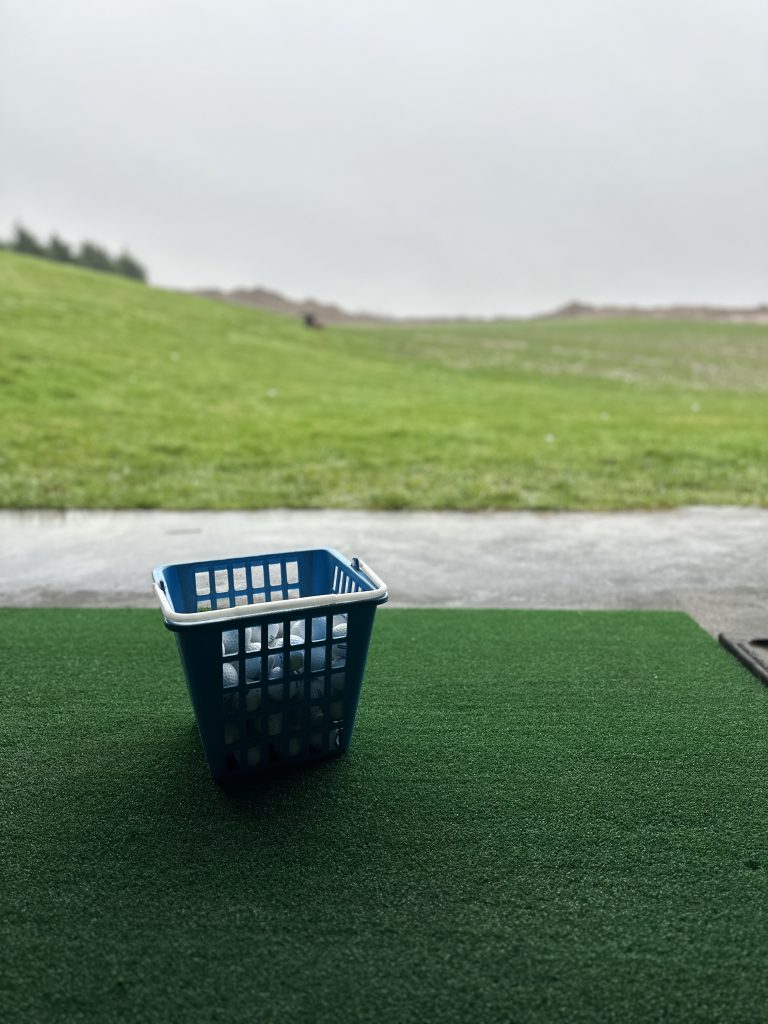Title: Mastering the Art of Ball Striking in Golf: A Comprehensive Guide

Introduction: Golf, often described as a game of inches, precision, and finesse, is a sport that demands mastery over various skills. Among these, ball striking stands out as one of the most crucial elements determining a player’s success on the course. Whether you’re a beginner looking to improve or a seasoned golfer aiming for consistency, understanding and honing your ball striking skills is essential. In this comprehensive guide, we delve into the intricacies of ball striking in golf and explore techniques to help you elevate your game.
Understanding Ball Striking: Ball striking in golf refers to the ability to make clean, solid contact between the clubface and the ball at impact. It is the foundation upon which the entire swing is built and plays a significant role in dictating the direction, distance, and trajectory of the ball. A well-struck shot not only travels farther but also maintains its intended line, offering greater control over the outcome.
Key Factors Influencing Ball Striking:
- Alignment and Setup: Proper alignment and setup are fundamental to achieving consistent ball striking. This includes positioning the ball correctly in relation to your stance, aligning your body parallel to the target line, and adopting a balanced and athletic posture.
- Clubface Control: Controlling the clubface angle at impact is crucial for achieving a solid strike. The clubface should be square to the target at impact, ensuring maximum energy transfer to the ball. This requires precise hand and wrist positioning throughout the swing.
- Swing Path: The path of the clubhead through impact greatly influences ball striking. A shallow, inside-to-out swing path promotes a clean strike and helps prevent slicing the ball. Conversely, an outside-to-in swing path can result in a glancing blow, leading to inconsistent contact.
- Tempo and Timing: Maintaining a smooth tempo and rhythm throughout the swing is essential for optimal ball striking. Rushing the downswing or decelerating through impact can disrupt the timing and result in mishits. Developing a consistent tempo ensures better synchronisation of body and club movement, leading to improved contact.
- Impact Dynamics: Understanding the dynamics of impact is critical for refining ball striking. Factors such as angle of attack, clubhead speed, and compression play a significant role in determining the quality of contact. Striking the ball on the center of the clubface with a descending blow maximizes compression and generates optimal ball flight.
Improving Ball Striking:
- Practice with Purpose: Deliberate practice focusing on specific aspects of ball striking is key to improvement. This includes drills targeting alignment, clubface control, and swing path. Utilise training aids such as alignment rods, impact bags, and swing analysers to reinforce proper technique.
- Feedback Mechanisms: Seek feedback from a golf coaching session, video analysis, and launch monitors to gain insights into your ball striking tendencies. Identifying areas of improvement allows for targeted practice and refinement of technique.
- Develop Consistency: Consistency is the hallmark of great ball striking. Work on developing a repeatable swing that minimises variations in contact and ball flight. This involves honing muscle memory through repetition and maintaining focus on key fundamentals.
Conclusion: Ball striking in golf is a skill that requires dedication, patience, and attention to detail. By understanding the underlying principles and diligently practicing key fundamentals, golfers can improve their ability to make clean, solid contact with the ball consistently. Whether you’re aiming to lower your scores or simply enjoy the satisfaction of a well-struck shot, mastering the art of ball striking is a rewarding journey that enhances the overall golfing experience. To see your ball striking improve, book your golf coaching session at https://aosgolfcoaching.com/online-booking/
